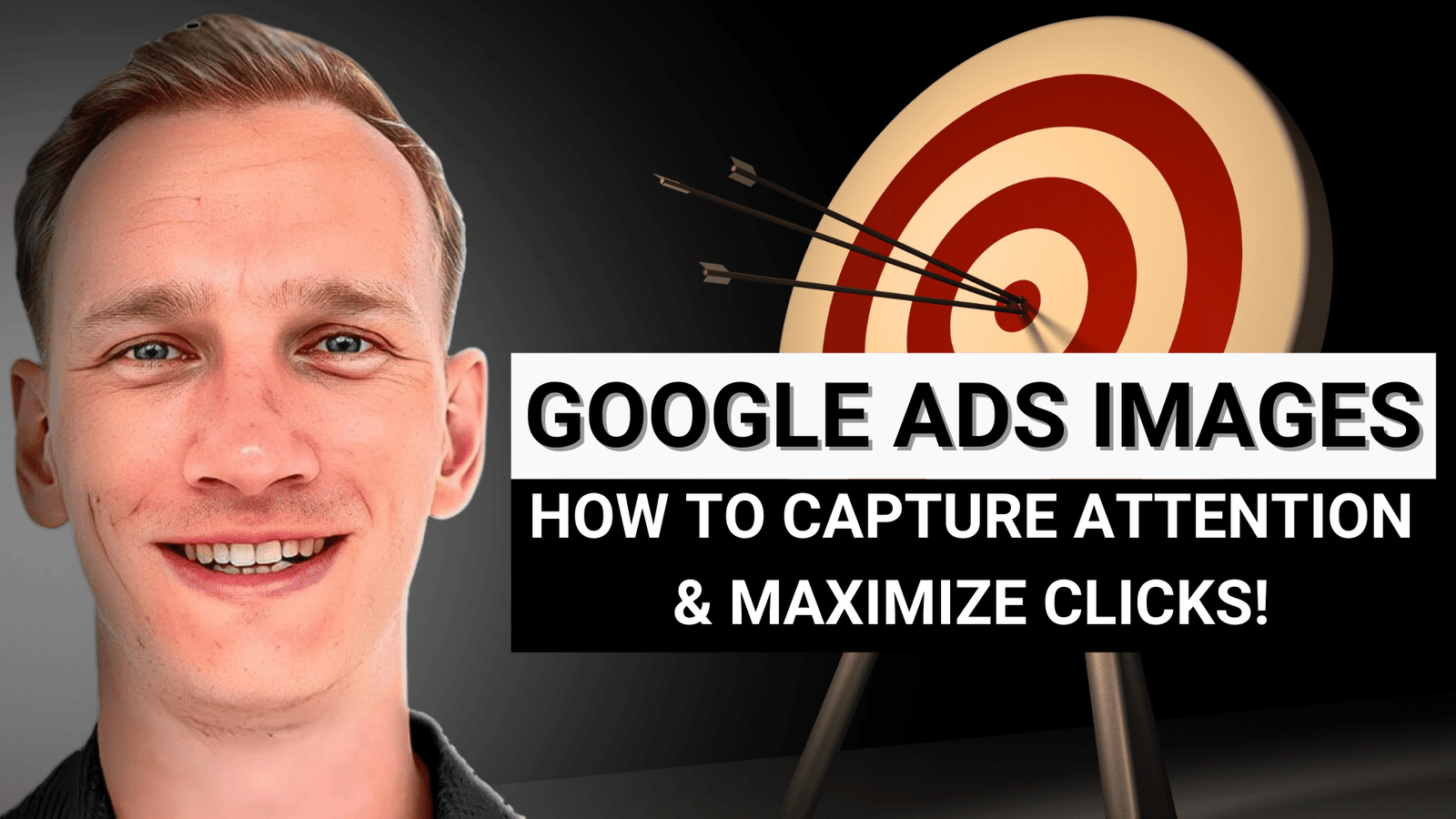Creating Effective Google Shopping Images
1. Showcase Your Products Clearly
When using images for Google Shopping ads, presenting your products clearly is essential. Utilize multiple angles and lifestyle shots to help customers visualize how the product fits into their lives. This approach not only showcases the product but also creates an emotional connection with potential buyers.
2. Ensure Compliance with Guidelines
Moreover, ensure compliance with Google’s image guidelines, which include restrictions on promotional text and watermarks. Adhering to these standards helps maintain ad quality and effectiveness while enhancing user experience.
Integrating Images into Your Google Ads Strategy
1. Utilize Responsive Display Ads
Responsive display ads automatically adjust their size, appearance, and format to fit available ad spaces. By including multiple image assets, you increase the likelihood of displaying the most effective visuals based on where they appear.
2. Leverage Ad Extensions
Additionally, consider using ad extensions that allow you to include extra information alongside your images—such as prices or promotions. This added context can entice potential customers by providing comprehensive details about your offerings.
Measuring the Success of Your Image Ads
To evaluate the effectiveness of your image ads, monitor key metrics such as click-through rates (CTR), conversion rates, and return on ad spend (ROAS). Analyzing these KPIs will help you understand what works well and what needs improvement.
A/B Testing for Optimization
Finally, conduct A/B tests by varying image assets or ad copy to determine which combinations yield the best results. This data-driven approach allows you to refine your campaigns continuously based on real performance metrics.
Conclusion
Incorporating effective images into your Google Ads strategy is essential for maximizing engagement and conversions. By following best practices for image selection, optimization, and compliance with Google’s guidelines, you can create compelling ads that resonate with your audience. Remember that the right visuals not only attract attention but also foster trust and drive sales—so invest wisely in your image strategy today! By focusing on these strategies, you can enhance your advertising efforts through Google Ads images, ultimately leading to better performance and increased success in your campaigns.

